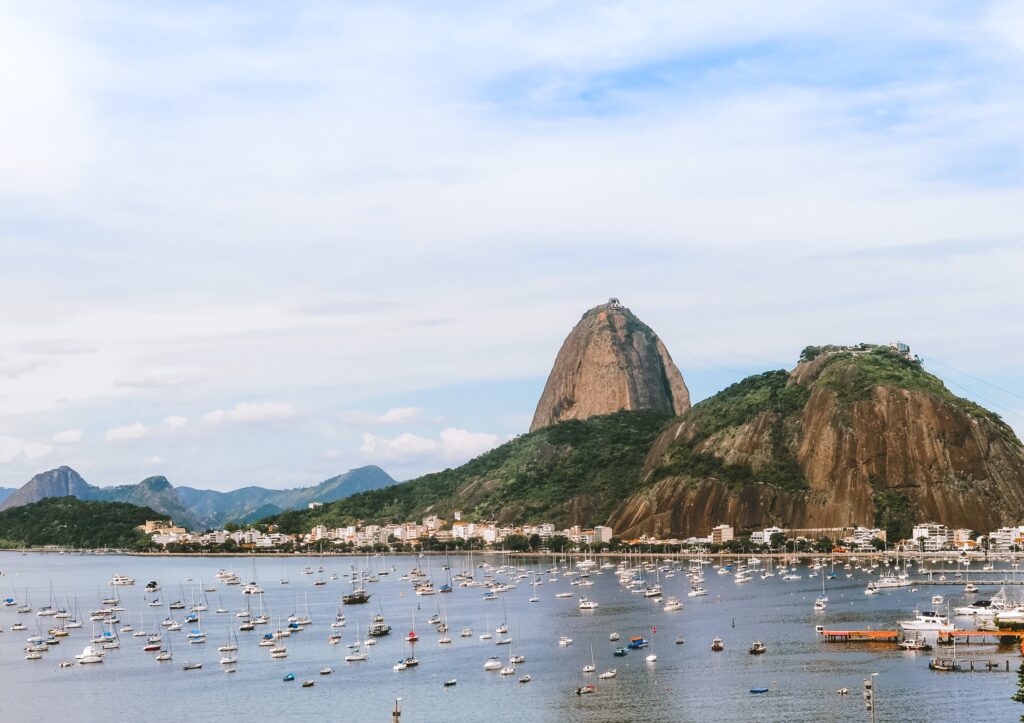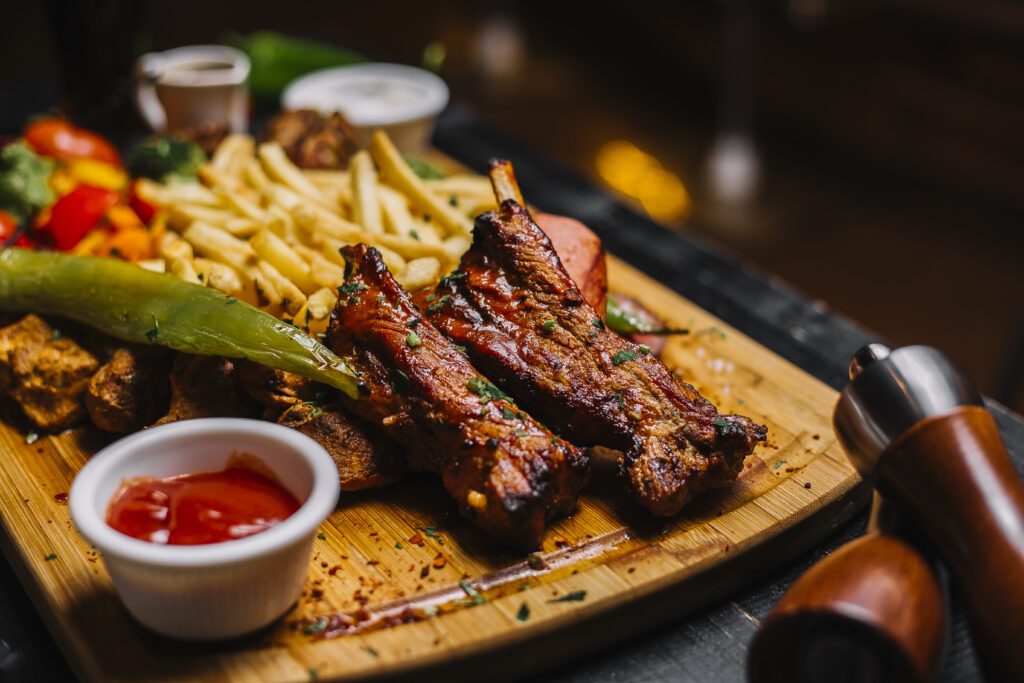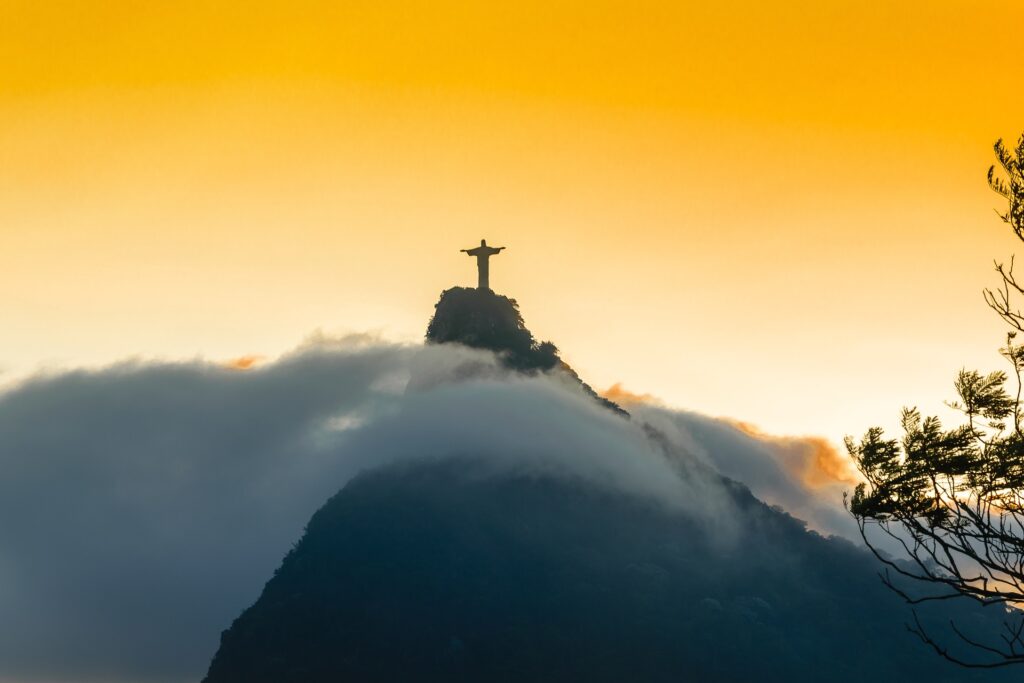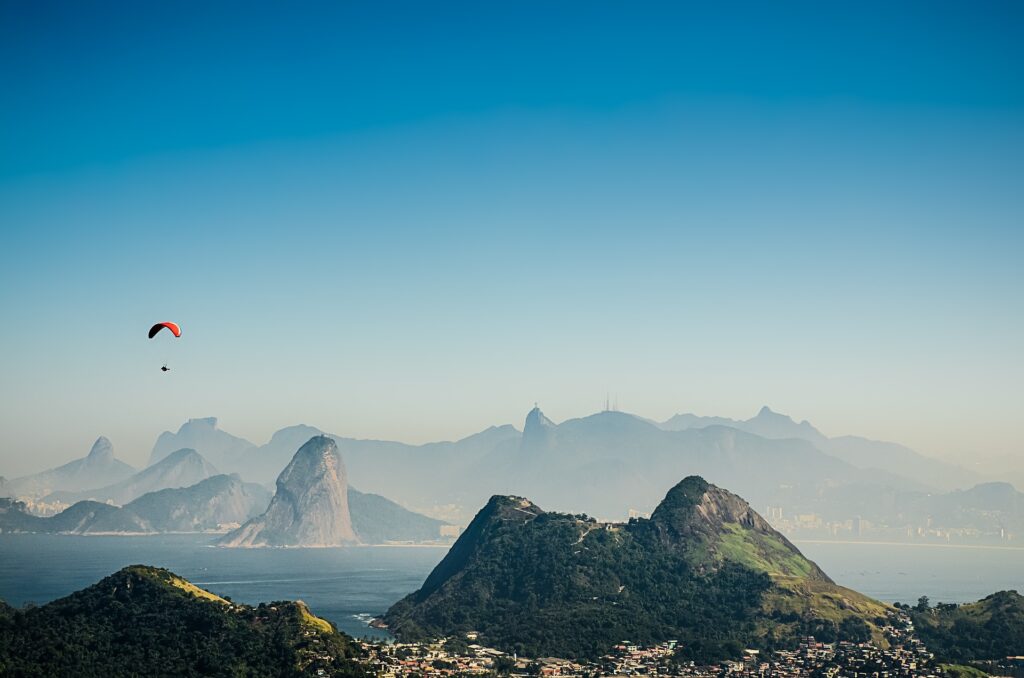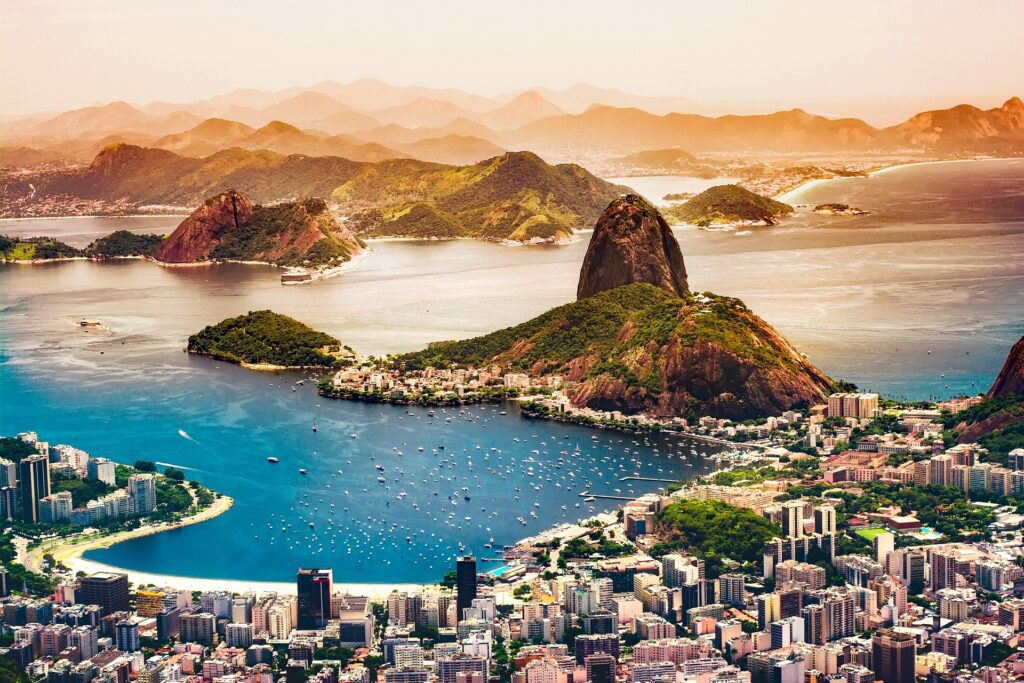

Brazil is the largest country in South America and the fifth largest country in the world by both area and population. It has a diverse geography that includes the Amazon Rainforest, extensive coastline, and the Brazilian Highlands. The official language is Portuguese, and the currency used here is, the Brazilian Real. Its frugality is the ninth largest in the world by nominal GDP.
Travel Visa Requirements for Brazil
The visa requirements for entering Brazil depend on a person’s nationality and the purpose of their visit. Some nationalities are eligible for visa-free entry for a limited period of time, while others are required to obtain a visa prior to travel. For citizens of the majority of countries, a tourist visa is required for stays up to 90 days. Business visas and student visas are also available for those traveling for those purposes.
It’s important to note that the visa requirements for Brazil may change due to the ongoing COVID-19 pandemic, so it’s recommended to check the most up-to-date information from the Brazilian embassy or consulate before traveling. In general, travelers to Brazil are required to have a valid passport and a return ticket. It is also recommended to have comprehensive travel insurance and sufficient funds for the duration of the trip.
Geography of Brazil
Brazil is located in the eastern part of South America and is the fifth largest country in the world by both area and population. It has a diverse geography that includes the Amazon Rainforest in the north, the Brazilian Highlands in the southeast, and a long coastline along the Atlantic Ocean. Brazil is bounded by the Atlantic Ocean to the east, Suriname, Guyana and French Guiana to the north, Venezuela, Colombia, Peru and Bolivia to the west, and Argentina, Paraguay and Uruguay to the southwest. The country is home to numerous rivers, including the Amazon, the largest river in the world by volume, and the Rio de Janeiro, which runs through Brazil’s largest city and is named after it. Brazil also has numerous mountains, including the Serra do Mar range along the southeastern coast, and several large plateaus, including the Brazilian Highlands.
Travel and Safety in Brazil
Brazil is a vast country with diverse landscapes and many tourist attractions, but visitors should also be aware of safety and health concerns. Travelers should take normal precautions, such as being aware of their surroundings and valuables, particularly in busy tourist areas and large cities where crime can be a problem.
- Health precautions in Brazil include being up to date on vaccinations and taking measures to avoid insect bites, as the country is home to several insect-borne diseases, including yellow fever, dengue fever, and malaria.
- Visitors should also be aware of the risk of natural disasters in Brazil, including heavy rains and flooding, particularly in the Amazon region, and the risk of hurricanes along the coast.
- It is recommended to stay informed about local conditions and to follow the advice of local authorities and health professionals, and to have comprehensive travel insurance to cover medical expenses and other unexpected events.
Money and Banks
The currency used here is Brazilian Real (BRL). Foreign currency can be exchanged at banks, airport exchange offices, and authorized exchange bureaus.
Credit cards are widely accepted in Brazil, particularly in large cities, but it’s recommended to carry cash as some small businesses and markets may only accept cash. ATMs are widely available, but it’s advised to use ATMs inside banks and shopping centers as they tend to be safer than standalone machines.
It’s recommended to check with your bank before traveling to Brazil to confirm the fees and regulations for using your card, and to inform your bank of your travel plans to avoid any potential fraud or card blockages.
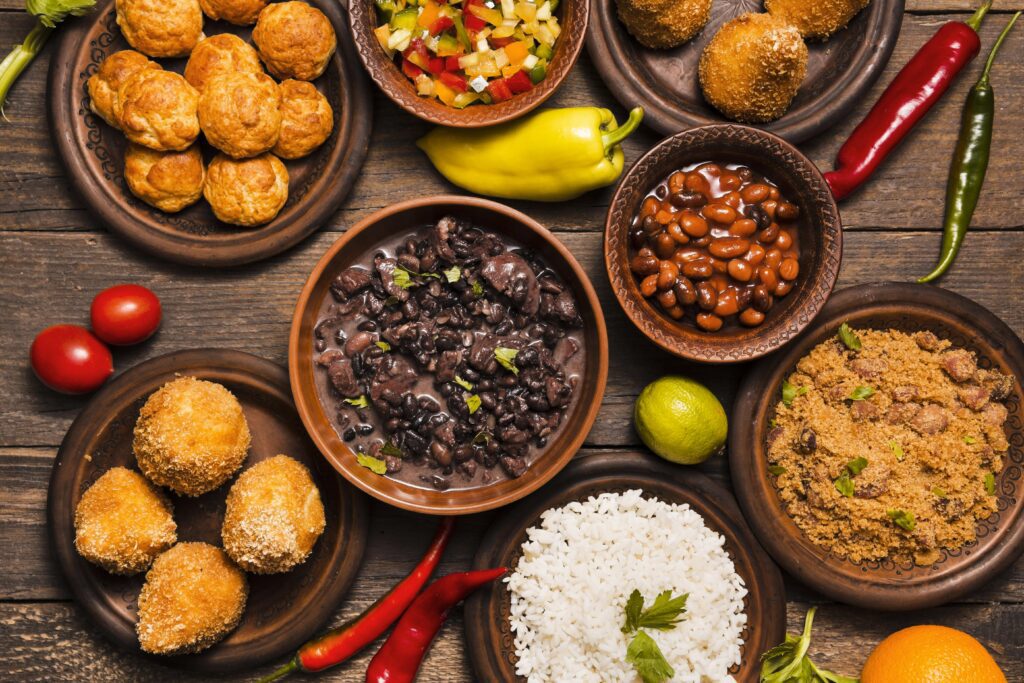

Food and Drink
Brazilian cuisine is a fusion of indigenous, African, and European influences and features a wide variety of fresh ingredients, spices, and flavors.
Traditional dishes include feijoada, a hearty stew made with black beans and various meats, and churrasco, grilled meats served with rice, beans, and farofa (toasted cassava flour). Another popular dish is acarajé, a street food made from black-eyed peas, onions, and spices that is fried in dendê oil and often served with vatapá, a spicy peanut and bread paste.
Brazil is known for its sweets and desserts, including brigadeiros (chocolate truffles), beijinhos (coconut balls), and açaí, a frozen treat made from the açaí berry.
Coffee is a staple in Brazil and the country is one of the largest coffee producers in the world. Other popular drinks include guaraná, a carbonated soft drink made from the guaraná berry, and cerveja, beer.
Culture in Brazil
The culture of Brazil is a rich mix of indigenous, African, and European influences. It is famous for its music, particularly samba, and its dance styles such as the samba, forró, and bossa nova. Carnival, which takes place annually before Lent, is one of the largest and most famous festivals in Brazil and the world, attracting millions of tourists to the country. Brazil is also known for its cuisine, which features a blend of European, African, and indigenous ingredients and flavors. Sports, particularly soccer, play a significant role in Brazilian culture and the country has won five FIFA World Cups. Art, literature, and cinema also play important roles in Brazilian culture, with famous artists and writers including modernist poets Carlos Drummond de Andrade and João Cabral de Melo Neto, and filmmakers Glauber Rocha and Walter Salles.
Travel around Brazil
Traveling within Brazil is convenient and can be done by air, bus, car, or boat, depending on the destination and the traveler’s preferences.
The country has a large domestic air network, and flights connect major cities such as São Paulo, Rio de Janeiro, Brasília, and Salvador. Bus travel is also available and offers a more budget-friendly option, with several long-distance bus companies operating across the country.
Car rental is another option for those who prefer to travel by road, although it’s important to be aware of the road conditions and traffic in Brazil, particularly in large cities where congestion can be a problem.
For those looking to explore Brazil’s coast and waterways, boat travel is available, with options ranging from ferry services to luxury cruises.
How to Reach Brazil
The main international airport in Brazil is São Paulo–Guarulhos International Airport, which serves as a hub for many international airlines. Other major airports in Brazil include Rio de Janeiro-Galeão International Airport and Brasília International Airport.
Overland travel to Brazil is possible from neighboring countries such as Argentina, Uruguay, Paraguay, and Peru. Buses and cars are available for hire, and there are several border crossings between Brazil and its neighbors.
Best Time to Travel in Brazil
The best time to visit Brazil depends on the region and the traveler’s preferences.
Brazil has a diverse climate, ranging from tropical in the north to temperate in the south. The country is generally warm and humid, with temperatures ranging from 20-30°C (68-86°F) throughout the year.
The peak tourist season in Brazil is from December to February, when the weather is warm and dry in most of the country, particularly in popular destinations such as Rio de Janeiro and Salvador. During this time, prices can be higher and crowds can be larger.
Regardless of the time of year, it’s always a good idea to check the local weather and travel conditions before visiting Brazil, as well as to be prepared for unexpected weather changes.

